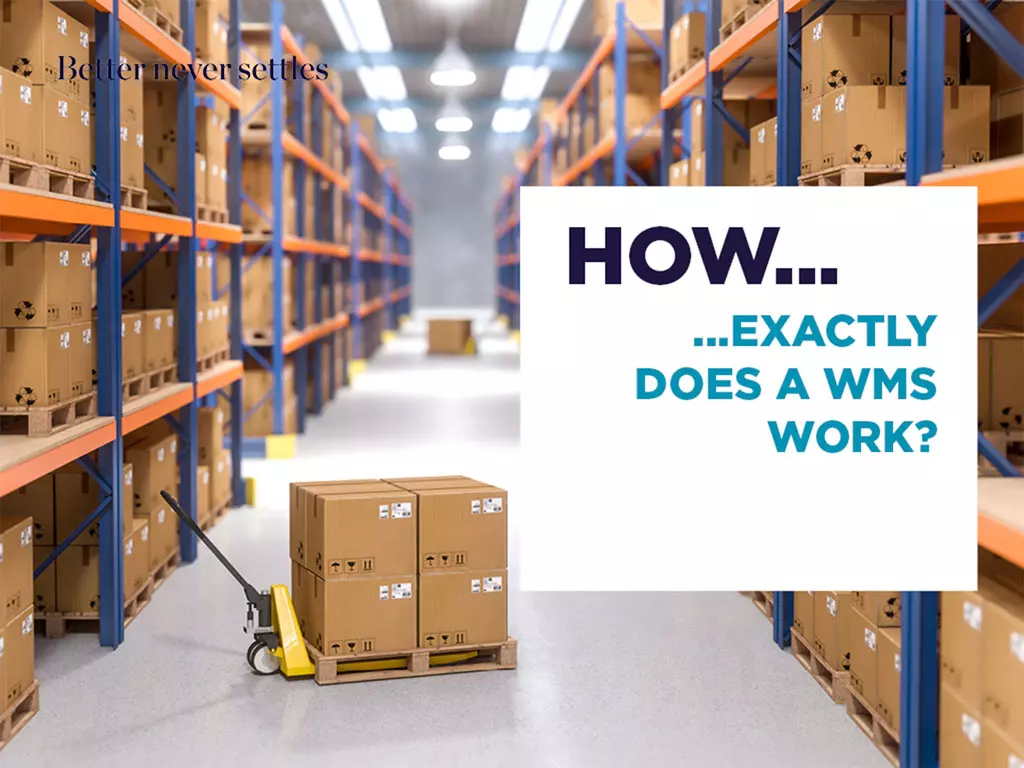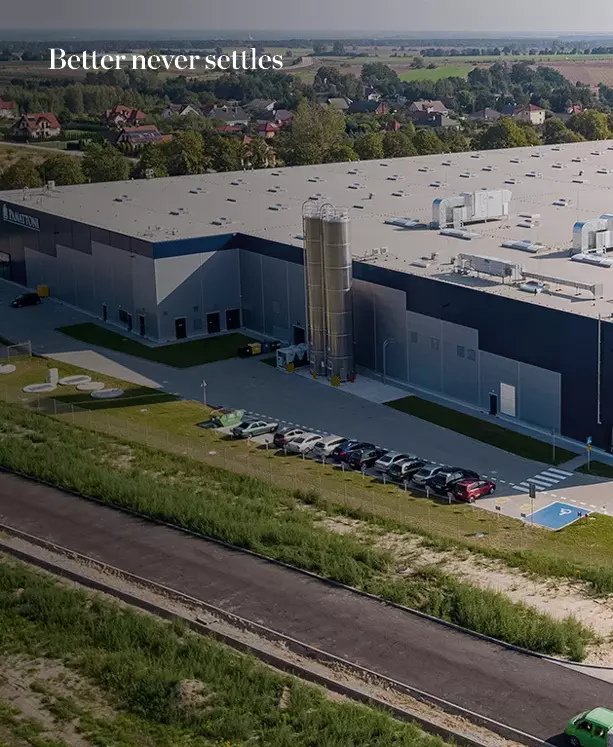How exactly does a WMS work?
29 august 2024

Contents
What is a WMS?
A WMS (Warehouse Management System) is advanced software used for managing warehouses. It is one of the essential solutions in modern logistics. Its main goal is to optimize processes related to receiving, storing, and shipping goods. With a WMS, it is possible to closely monitor and control inventory levels, which enables better planning and organization of work in the warehouse.
The origins of warehouse management systems date back to the 1960s when companies began using computers to manage inventory and track the movement of goods in warehouses. The first WMS solutions were simple mainframe-based applications that supported basic warehouse operations. Over the years, with technological advancements and growing market demands, these systems have evolved into more sophisticated tools that support the entire supply chain. By the 1970s and 1980s, WMS began offering features for space planning and order picking optimization.
How Does a WMS Work?
Today’s WMS solutions optimize nearly all warehouse processes. Every item that enters the supply chain is automatically registered, providing stakeholders with access to real-time data. WMS algorithms also manage the efficient placement of products, ensuring optimal use of available space. This can be described as a "command system for the warehouse."
What Functions Does a WMS Perform in a Modern Warehouse?
A modern WMS offers numerous functions that support various aspects of warehouse management. The most important tasks performed by this system include:
1. Receiving Goods: The system enables accurate recording of incoming products, verifying the quantity and quality of deliveries, and automatically assigning storage locations. This reduces the time needed to unload and place goods in the warehouse.
2. Storing Goods: WMS optimizes the storage process by accurately assigning storage locations based on algorithms that consider product turnover, size, weight, and other parameters. The system suggests the most convenient storage places, maximizing the use of warehouse space.
3. Order Picking: This is one of the most important functions of a WMS. The system assists employees in quickly and accurately collecting products according to customer orders. By using technologies like barcode scanners or Pick-by-Voice systems, the efficiency of this process is significantly increased.
4. Shipping Goods: The WMS coordinates processes related to packing and shipping goods. It generates shipping documents, labels, and supports the organization of transport. This shortens order fulfillment times and minimizes errors.
5. Inventory Management: The system allows for regular inventory checks without interrupting warehouse operations. The WMS supports automatic counting of goods, verification of inventory levels, and identification of discrepancies and shortages.
Why Implement a WMS in Your Warehouse?
Warehouses often cover large areas and contain thousands of different products. How can this be managed without the right tools? It would be difficult, if not impossible. A WMS improves inventory accuracy, helping to prevent situations where there are too many or too few of a product in stock. Faster and more accurate order fulfillment also leads to increased customer satisfaction.
A well-implemented WMS significantly streamlines all warehouse operations — accelerating processes, reducing costs, and decreasing the number of errors. Routine tasks are handled by the system, thus alleviating the burden on employees.
There’s no denying it — today’s WMS solutions are the cornerstone of efficient warehouse management. Using this technology provides an opportunity to modernize logistics and digitize the supply chain. This should be enough motivation to take advantage of this solution!

